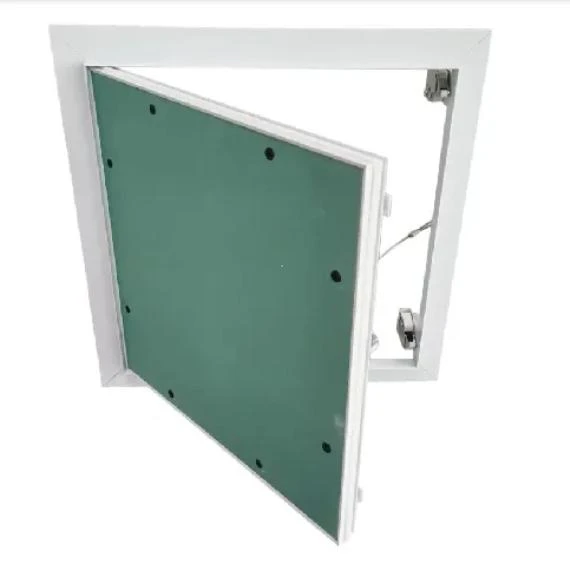Dec . 22, 2024 23:22 Back to list
standard ceiling access panel sizes
Understanding Standard Ceiling Access Panel Sizes
Access panels are essential components in modern construction, providing convenient access to concealed areas such as HVAC systems, plumbing, and electrical wiring. These panels come in various sizes and shapes, depending on their intended use and the requirements of the building. Understanding standard ceiling access panel sizes is crucial for architects, builders, and homeowners alike to ensure proper installation and functionality.
Importance of Access Panels
Access panels allow for easy maintenance and inspection of vital systems hidden behind walls or ceilings. They are particularly common in commercial and industrial settings where access to utilities is required for routine checks, repairs, or emergencies. Without these panels, significant effort would be needed to access these areas, potentially leading to costly repairs and downtime.
Standard Sizes
Standard access panel sizes vary depending on the manufacturer, but several dimensions are commonly found across the industry. These sizes generally cater to the most typical applications in residential and commercial buildings. The following are some frequently encountered standard sizes
1. 12” x 12” (30cm x 30cm) Ideal for small access requirements, such as inspecting plumbing or electrical lines. 2. 14” x 14” (35cm x 35cm) Slightly larger, this size is useful for more extensive access needs, like air conditioning duct checks.
3. 16” x 16” (40cm x 40cm) Commonly used in residential settings, providing access without compromising aesthetics.
4. 24” x 24” (60cm x 60cm) Often utilized in commercial applications where larger openings are necessary for maintenance access.
5. 30” x 30” (75cm x 75cm) and larger These sizes are less common but are used for special applications that require extensive access, such as large HVAC units.
Selecting the right size is critical. An access panel that is too small may hinder maintenance operations, while one that is excessively large can disrupt the aesthetic integrity of the ceiling and require more extensive repairs.
Material Options
standard ceiling access panel sizes

Access panels are constructed from various materials that serve different purposes. The most common materials include
- Gypsum Board Widely used in residential and commercial ceilings, these panels can be painted or textured to match the surrounding area.
- Steel Metal access panels offer durability and security, making them suitable for commercial settings where added strength is required.
- Plastic Lightweight and resistant to corrosion, plastic panels are often used in areas prone to moisture, such as bathrooms and kitchens.
- Aluminum Offering a balance of lightness and strength, aluminum access panels are often used in high-end applications, although they may be more expensive.
Choosing the right material depends on factors like location, frequency of access, and the level of aesthetic integration required.
Installation Considerations
Proper installation of access panels is essential for their effectiveness and longevity. Panels should be installed flush with the ceiling to avoid any visual disruptions. It is also crucial to consider the weight and frequency of access required; for heavier use or larger panels, additional support may be necessary to ensure stability.
Building Codes and Regulations
When selecting and installing access panels, it is essential to keep local building codes and regulations in mind. Many jurisdictions have specific guidelines regarding the size and placement of access panels, particularly in commercial buildings. It is advisable to consult with local building authorities or a licensed professional to ensure compliance.
Conclusion
In summary, understanding standard ceiling access panel sizes is vital for effective planning and installation in both residential and commercial environments. With a variety of standard sizes available and different material options to choose from, selecting the right access panel can facilitate seamless maintenance while maintaining the aesthetic integrity of the space. Whether for a small home or a large commercial building, access panels play a critical role in ensuring the functionality and accessibility of hidden systems. By making informed choices regarding size, material, and installation, property owners can safeguard the longevity and efficiency of their buildings.
-
Durable Ceiling T Grid Systems | Easy InstallationNewsAug.29,2025
-
PVC Gypsum Ceiling: Durable, Laminated Tiles for Modern SpacesNewsAug.28,2025
-
Pvc Gypsum Ceiling Is DurableNewsAug.21,2025
-
Mineral Fiber Board Is DurableNewsAug.21,2025
-
Ceiling Tile Clip Reusable DesignNewsAug.21,2025
-
Ceiling T Grid Modular DesignNewsAug.21,2025







